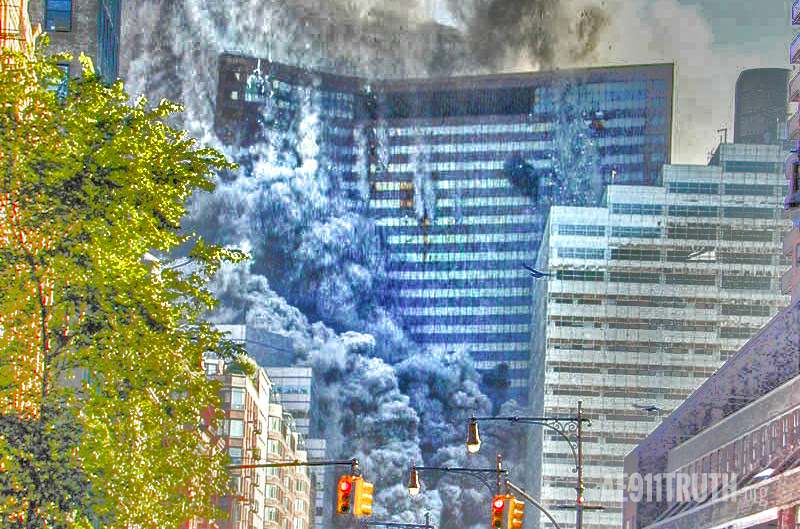Late last night, eight 9/11 family members, ten architects and structural engineers, and AE911Truth filed a response to NIST’s motion to dismiss in our ongoing lawsuit against the federal agency.
The lawsuit challenges NIST’s decision on the “request for correction” that we originally submitted in April 2020 regarding the agency’s final report on the destruction of World Trade Center Building 7. The ultimate aim of the request was to compel NIST to reverse its conclusion that fire was the cause of Building 7’s destruction.
The goal of the lawsuit is to obtain a court order that forces NIST to comply with the request for correction. This would require NIST to perform new analyses and develop a new “probable collapse sequence” that is physically possible and consistent with the available evidence — which NIST’s current probable collapse sequence is not.
In its motion to dismiss, NIST makes the remarkable claim that 9/11 family members and building professionals lack standing to bring this lawsuit. NIST also argues that agency decisions under the Data Quality Act (also known as the Information Quality Act) are not subject to judicial review.
In our response, drafted by attorney Mick Harrison of the Lawyers’ Committee for 9/11 Inquiry, we argue that all three categories of plaintiffs — 9/11 family members, building professionals, and AE911Truth — indeed have what is called “informational standing.” We also argue that AE911Truth has “organizational standing” due to the adverse impact NIST’s Building 7 report has had on our activities since the report’s release in 2008.
In response to NIST’s argument that claims under the Data Quality Act are not subject to judicial review, we cite precedent established by the U.S. Court of Appeals for the District of Columbia Circuit — which is binding on the U.S. District Court for the District of Columbia (the court hearing this case) — that such claims are indeed reviewable.
At the heart of this legal battle is whether the public has any power to hold government agencies accountable when they issue blatantly unresponsive decisions under the Data Quality Act. If we do not prevail in this case — which is likely to go before the U.S. Court of Appeals regardless of which side prevails now — it will render the Data Quality Act essentially meaningless as a tool to address intentionally biased information disseminated by federal agencies.
We invite everyone who cares about holding NIST accountable for its false and unscientific report on Building 7 to read NIST’s motion to dismiss and our response to it.
On behalf of the 9/11 family members and the dozens of architects and structural engineers who joined the request for correction, we are grateful to all who made this latest milestone possible.
Key Documents
Response to Motion to Dismiss (April 11, 2022)
NIST’s Motion to Dismiss (March 11, 2022)
Amended Complaint (January 31, 2022)
Exhibits: Roland Angle declaration; Bob McIlvaine declaration; Ronald Brookman declaration
NIST’s Final Decision (June 30, 2021)




